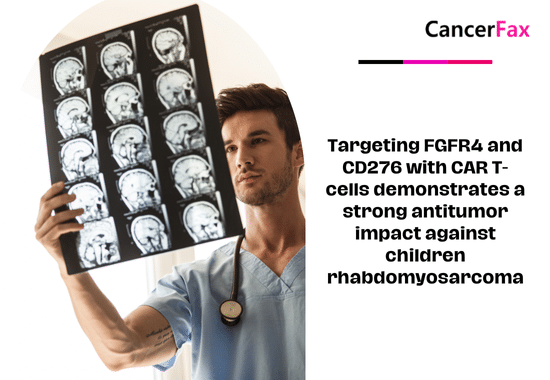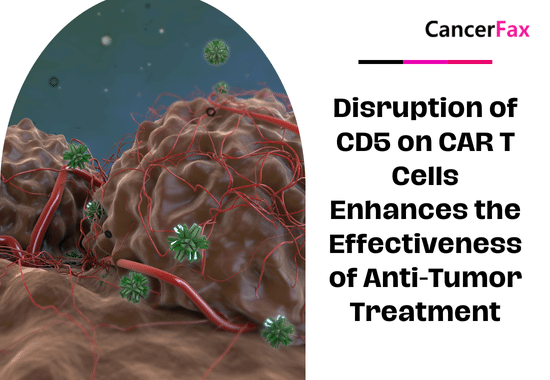The pancreas is an oblong organ located deep in the abdomen and is a component of the digestive system and endocrine system. It secretes hormones to regulate the body and secretes digestive enzymes to break down food. There are two types of pancreatic cancer: exocrine tumors and endocrine tumors. Exocrine tumors are the main part of pancreatic cancer. The most common form is called adenocarcinoma. Adenocarcinoma begins in glandular cells, usually in the pancreatic duct. These tumors are often more aggressive than neuroendocrine tumors. According to the National Cancer Institute, pancreatic cancer can usually be controlled only by surgical resection and before the cancer has spread. If the disease spreads, palliative care can help the patient’s quality of life.
Third leading cause of cancer death in the United States after lung cancer and colorectal cancer. The risk of disease is about 63% for men and 65% for women. According to data from the American Cancer Society, approximately 55,440 people will be diagnosed with pancreatic cancer this year, which will result in approximately 44,330 deaths. Experts say that about 95% of pancreatic cancer patients will die from pancreatic cancer. Because pancreatic cancer is at an early stage, there are usually no symptoms. It is often discovered when abdominal pain or jaundice appears late. As people age, the risk of pancreatic cancer also increases. Men are slightly more likely to develop pancreatic cancer than women, which may be partly due to more men who smoke. In addition, related to race, African Americans are more prone to pancreatic cancer than Caucasians.
Studies have shown that diabetes after the age of 50 may be an early sign of pancreatic cancer, and pancreatic neuroendocrine tumors account for only 1% of all pancreatic cancers. It may be benign or malignant, but sometimes it can only be clearly distinguished when the cancer has spread beyond the pancreas. The five-year survival rate of neuroendocrine tumors can be between 50% and 80%, while adenocarcinoma is less than 5%. In addition, there are two rare genetic syndromes, multiple endocrine adenoma type 1 (MEN1) and Von Hippel-Lindau syndrome (VHL), which increase the risk of pancreatic neuroendocrine tumors.

